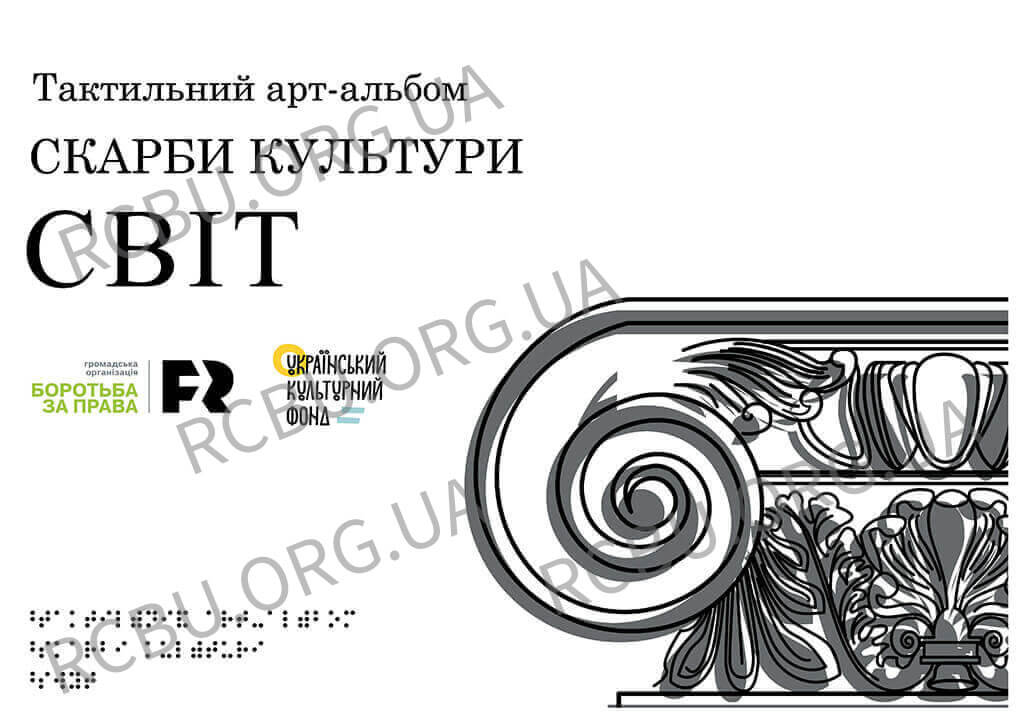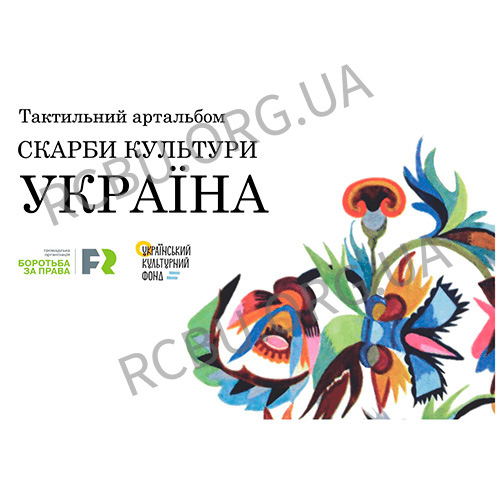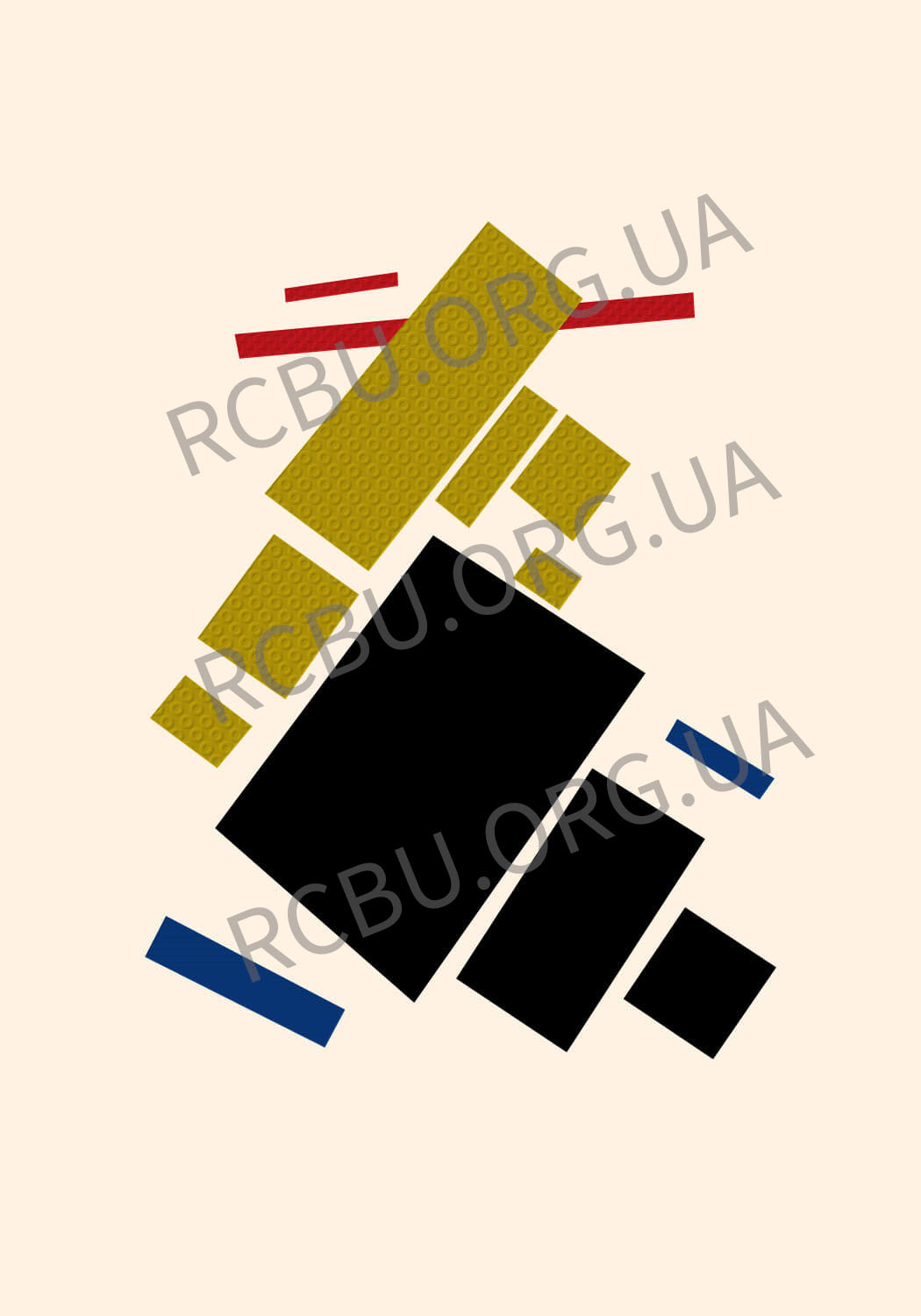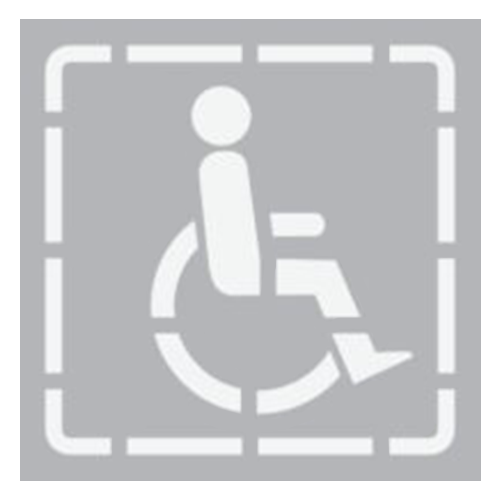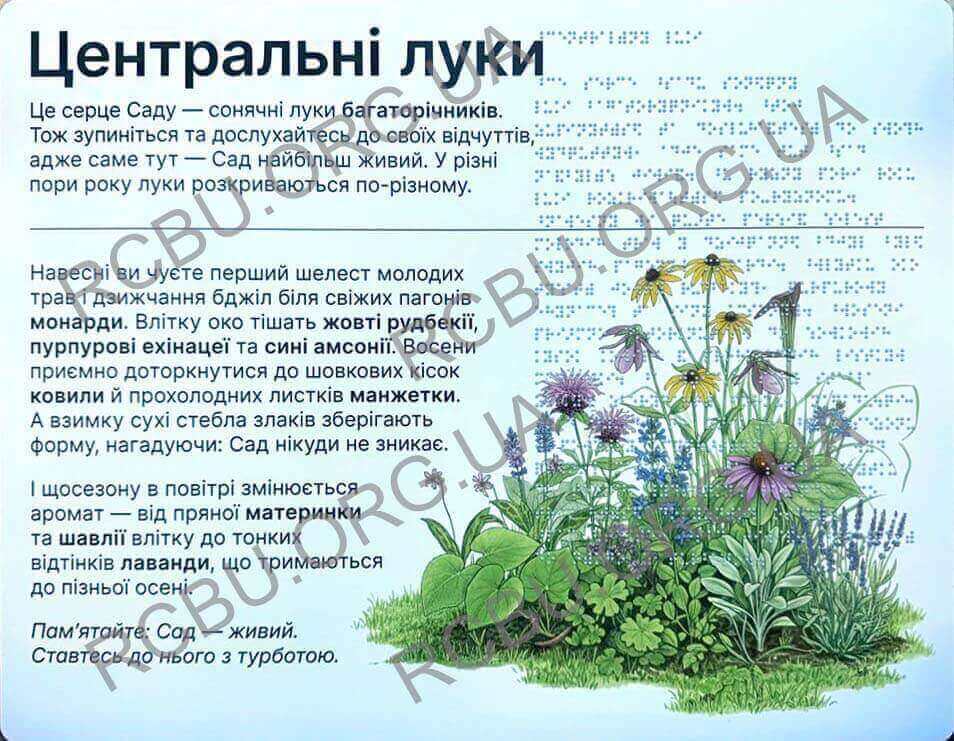Tactile paintings
In recent years, the cultural and artistic sector has been paying more and more attention to expanding its audience. The issue of accessibility, both architectural and content accessibility for people with limited mobility, including people with disabilities of various categories, is being addressed by a large number of specialists in various fields.
Inclusive practices in museums, theatres, and cinema are developing rapidly. They include not only the work of sign language commentators or audio descriptors, but also the adaptation of museum expositions, exhibitions, and galleries for blind and visually impaired people.
This is where adaptive technologies come in. Experts are developing principles and methods for adapting various genres of visual arts to be perceived by all categories of visually impaired visitors, not only visually impaired but also blind people.
Such a new trend as tactile paintings, the development and adaptation of reference books, guides, albums, and catalogues for visually impaired people, which were previously intended only for the sighted, is developing very rapidly.
It is becoming increasingly common in Ukraine to make relief-tactile planar or three-dimensional copies of art objects.
Paintings, drawings, and maps are adapted for the tactile perception of blind visitors using various types of tiflography and the latest relief printing technologies.
Three-dimensional models of sculptures, copies of objects from museum collections, models of buildings and structures available for tactile inspection attract great attention of blind visitors. After all, they can be used not only to listen to information about masterpieces of art that are hard to find or inaccessible to blind people, but also to touch them and get acquainted with their artistic features.
The use of various types of adapted relief markings allows you to recognise the features of an image by touch: landscape details, human figures, objects or their combination and composition.
A tactile image can be conveyed by a single outline. This is a way to convey the outline of an object with a line of dots, when an element of a certain value is either shown or not.
It is also possible to render a conditional colour by applying various reliefs to a certain area of the image. However, not all image details can be converted into a tactile diagram, but only the largest and most significant ones. Adaptation of images for the blind requires their obligatory simplification.
For several years now, the specialists of the Resource Centre "Barrier-Free Ukraine" have been developing and implementing, together with the staff of museums, galleries and exhibition centres in the country, ways to adapt images, including the production of tactile paintings, for accessible perception by blind people.

